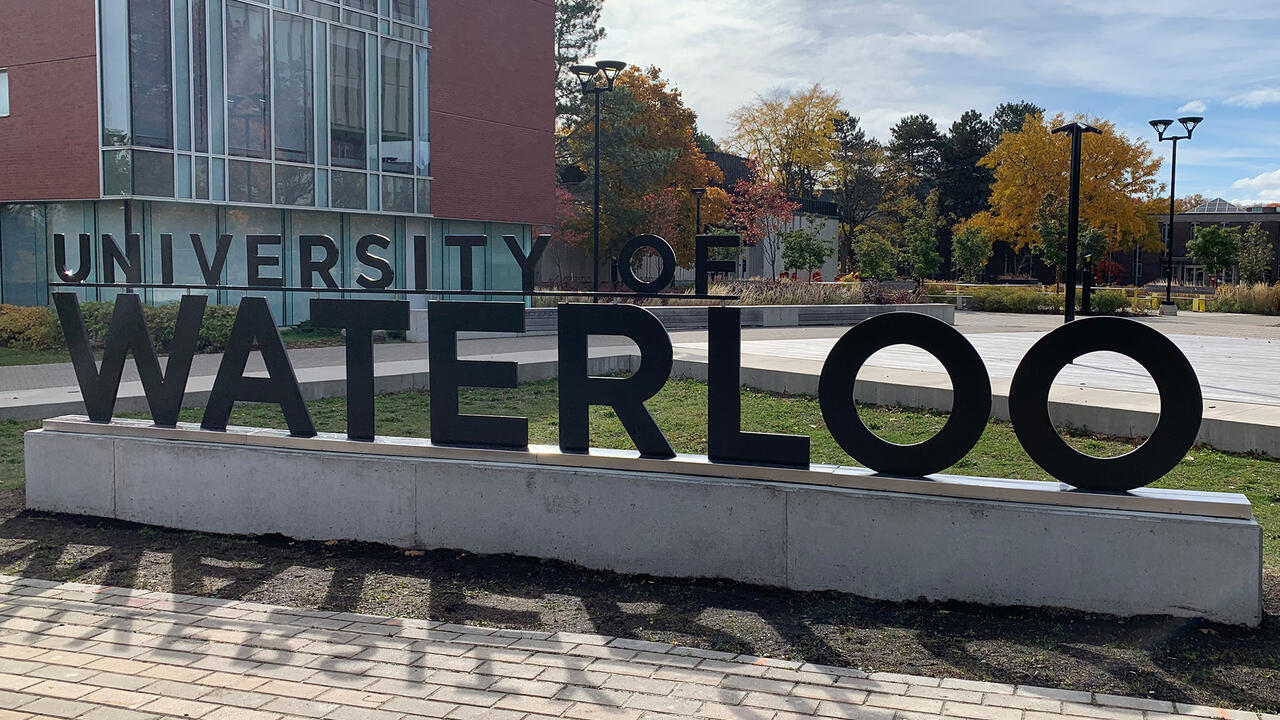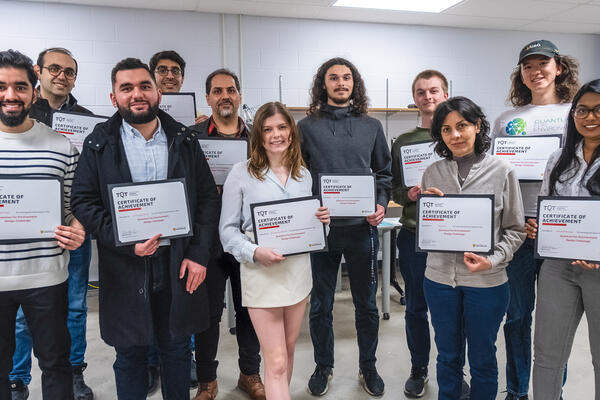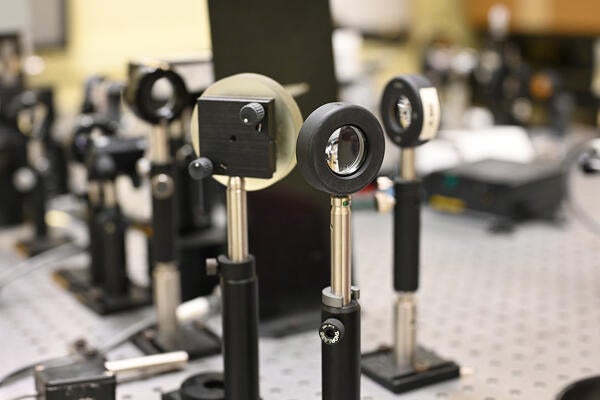
Leading scholar presents advances in research of electric car batteries at AAAS Annual Meeting
Lithium-sulphur batteries promise to extend the range of electric cars at least three times over current lithium ion cells and at much lower cost

Lithium-sulphur batteries promise to extend the range of electric cars at least three times over current lithium ion cells and at much lower cost
By Media RelationsSAN JOSE, CA (Saturday, February 14, 2015)—Lithium-sulphur batteries promise to extend the range of electric cars at least three times over current lithium ion cells and at much lower cost, making electric cars practical and potentially more appealing to a mass market.
Linda Nazar, professor of chemistry from the Faculty of Science at the University of Waterloo, will present a perspective on the promise and reality of lithium-sulphur batteries at the American Association for the Advancement of Science (AAAS) Annual Meeting in San Jose, California. She will highlight recent innovations in nanomaterial strategies and new electrolytes that can help these future-generation energy storage systems realize their potential in emerging markets.
(part of the Next-Generation Batteries for Mobile Devices and the Grid symposium)
WHEN: Saturday, February 14, 2015: 1:30 to 4:30 p.m. PST
WHERE: AAAS Annual Meeting, Room 230B, San Jose Convention Center, 150 West San Carlos Street, San Jose, California.
Professor Nazar and her research group are best known for reigniting interest in the lithium-sulphur battery by proving that such a battery, once considered impossible, could be a reality. Recently, her group resolved a major technical hurdle by developing the first high-performance sulphur cathode with the use of manganese dioxide nanosheets.
Nazar is Canada Research Chair in Solid State Energy Materials and a Fellow of the Royal Society of Canada. She is a member of BASF’s Research Network on Electrochemistry and Batteries, and serves as a lead scientist on the U.S. Department of Energy’s Joint Center for Energy Storage Research.

Read more
12 Waterloo students and postdoctoral fellows receive up to $10,000 in funding to develop their green-tech solutions

Read more
Waterloo co-op students earn opportunity to contribute to SickKids research

Read more
Non-invasive and accessible testing can detect symptoms of Alzheimer’s disease long before symptoms occur
The University of Waterloo acknowledges that much of our work takes place on the traditional territory of the Neutral, Anishinaabeg and Haudenosaunee peoples. Our main campus is situated on the Haldimand Tract, the land granted to the Six Nations that includes six miles on each side of the Grand River. Our active work toward reconciliation takes place across our campuses through research, learning, teaching, and community building, and is co-ordinated within the Office of Indigenous Relations.